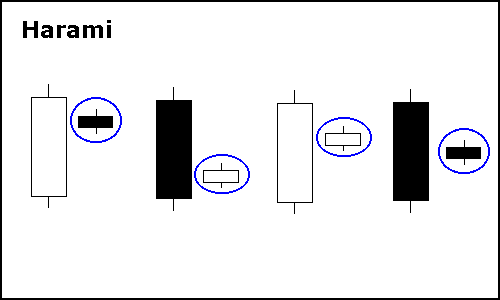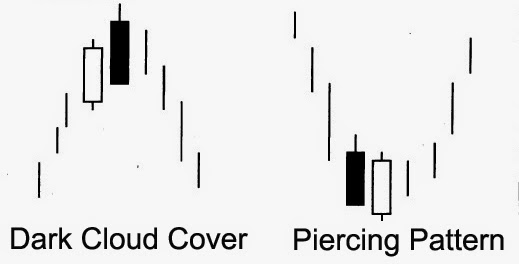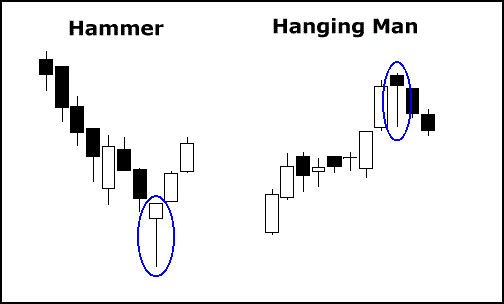Pivot Points are sub-set of Support and Resistance. This special form of projected Support and Resistance from base trading methodology used be the local traders on the floor of the exchange.
Pivot Points are calculated Price Levels that the floor traders, and those who read the tape, like to watch during the trading session.
Pivot Points are calculated Price Levels that the floor traders, and those who read the tape, like to watch during the trading session.










